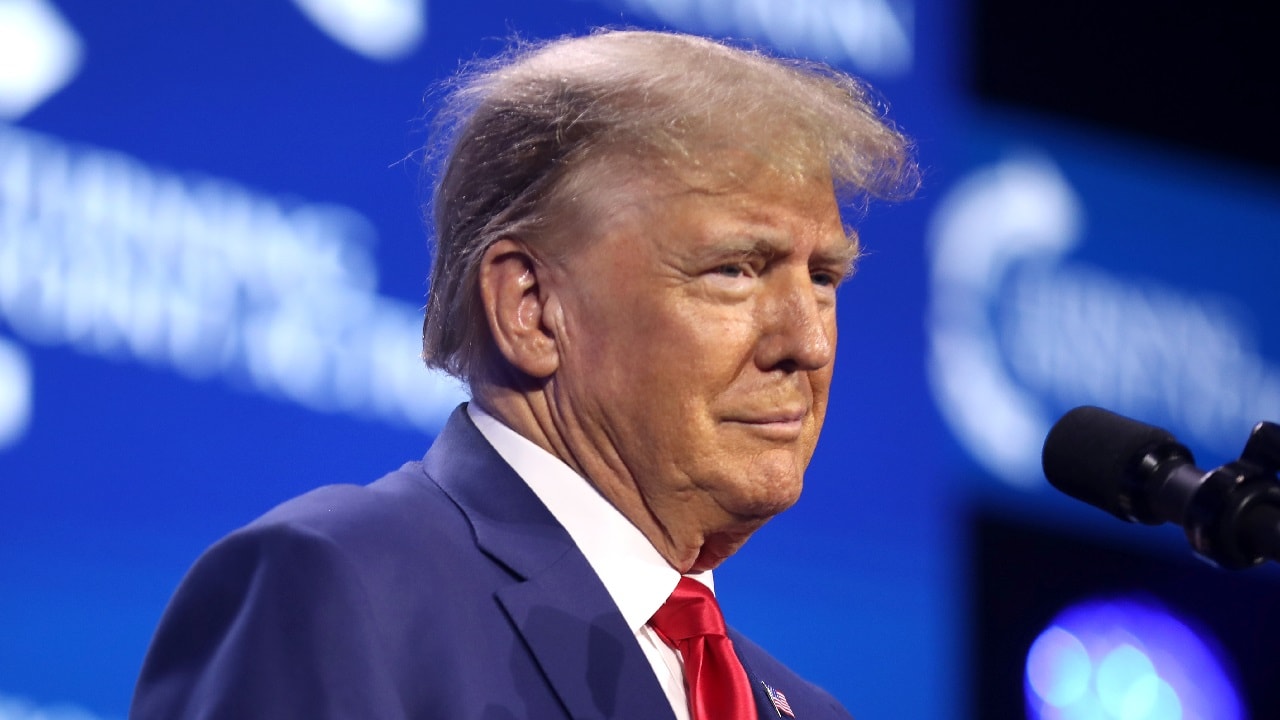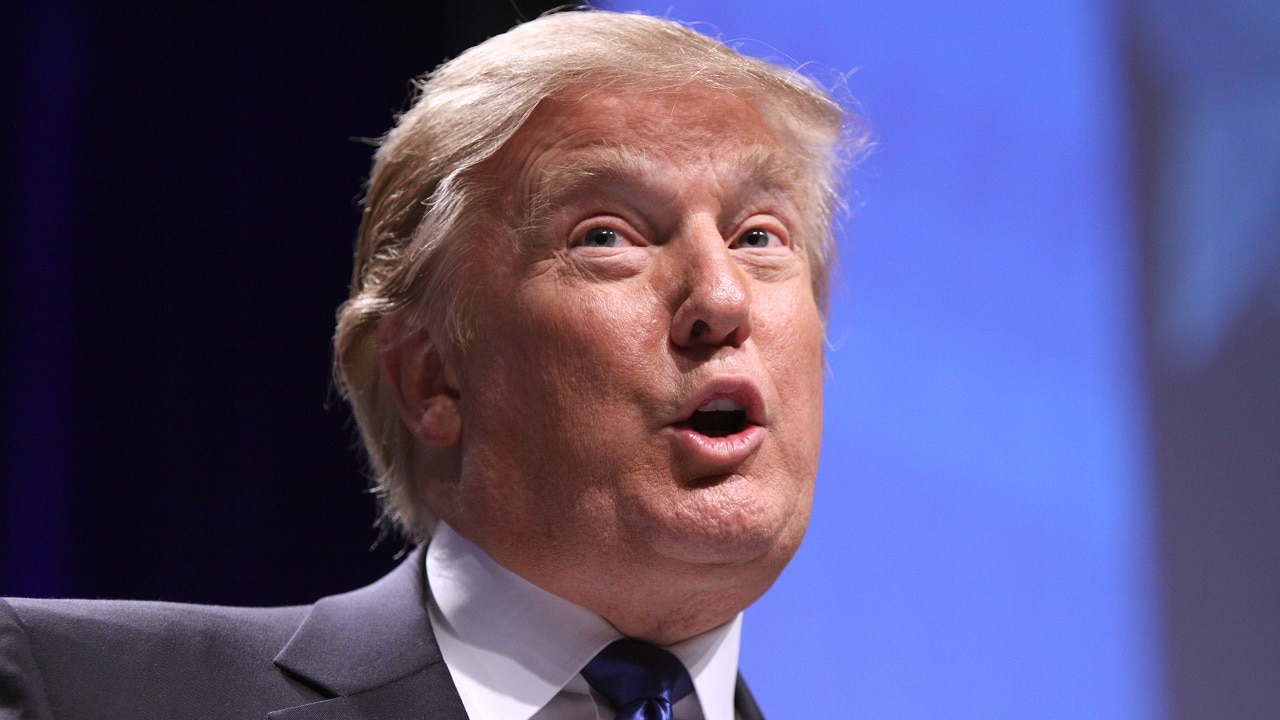Donald Trump came back into office in January, promising a trade war. He’s not yet delivered on the war, but he’s certainly delivered much uncertainty.
Rather than impose new tariffs on day one, Trump announced on February 1 that he was imposing tariffs on Canada, Mexico, and China.
Almost immediately, Trump backed off on the Canada and Mexico portions of the tariffs, reaching what he described as agreements with the U.S.’s neighbors to the north and south.
Both Canada and Mexico agreed to shore up border protections, leading Trump to delay the tariffs by 30 days. That period will conclude on Tuesday, March 4, just in time for Trump’s first joint address to Congress of his second term.
For good measure, per Bloomberg News, Trump plans to double a levy on China, from 10 to 20 percent.
Time For Retaliation?
All three of those countries are considering retaliation against the U.S., which could mean the trade war is officially on.
Mexican President Claudia Sheinbaum, per Bloomberg, will wait until Trump’s decision on Tuesday before taking further action. Canada and China have also hinted at retaliation of their own. Canada’s energy minister said this week the proposed tariffs would raise gasoline and electricity prices in the U.S.
Not even the amount of the planned tariffs are set, with Howard Lutnick, the Secretary of Commerce, stating in an interview over the weekend that the exact tariff remained “fluid.”
Lutnick also said that Trump was likely to make his final decision on tariffs on Monday afternoon and it does seem he is moving forward.
Economic Effects of Uncertainty
With the constant threats of new tariffs and continuing uncertainty about whether or not they’ll happen, there have been hints of bad economic news.
On Monday, the Institute for Supply Management’s manufacturing index was released, and it showed that factory activity in the U.S. “edged closer to stagnation.” The report, as reported by Bloomberg, states that while factory managers had shown optimism after Trump’s win, that positivity has “tempered as threats of tariffs, and geopolitical risks increase uncertainty.”
On X, journalist Joe Weisenthal noted that virtually all comments on the report made some reference to uncertainty related to tariffs.
There are bad signs for the economy as well.
A CNN analysis this week found that the economy is “already flashing yellow lights.”
Consumer spending is down, as is consumer confidence. The stock market has had some bad days of late, including a 400-point drop in the Dow on Monday, the first trading day of March. The Dow, Nasdaq, and S&P 500 all saw overall drops in February, the first full month of the second Trump presidency.
The Tax Foundation publishes a metric called the Trade Policy Uncertainty Index, which in January reached its highest level since the index launched in 1960.
Trump’s Theory of the Case
Trump has been a fan of tariffs, or at least threatening them, going back to his first run for president. Trump’s policy in his first term included placing tariffs on China and other countries while mostly averting them when it comes to countries closer to home.
In his 2024 campaign, and even into his second term, Trump mused at times about whether income from tariffs could replace the income tax. He also proposed an “External Revenue Service,” which would theoretically replace the IRS and collect income from tariffs.
Economists seem to consider the idea unworkable, with one economist telling CNN that to replace the $3 trillion the government collects each year in taxes, at least 100 percent of tariffs would be required on all imported goods, and prices would almost certainly go up significantly.
The Oracle of Omaha Speaks
America’s most respected investor, Warren Buffett, spoke this week about Trump’s tariff fans, calling them an “act of war” and not as a compliment. He noted that the question to ask about the tariff is “and then what?”

Former President of the United States Donald Trump speaking with attendees at the 2023 Turning Point Action Conference at the Palm Beach County Convention Center in West Palm Beach, Florida.
So with Trump’s tariff plans, the watchword seems to be “uncertainty.” And that uncertainty doesn’t seem to be good for anyone.
About the Author: Stephen Silver
Stephen Silver is an award-winning journalist, essayist and film critic, and contributor to the Philadelphia Inquirer, the Jewish Telegraphic Agency, Broad Street Review and Splice Today. The co-founder of the Philadelphia Film Critics Circle, Stephen lives in suburban Philadelphia with his wife and two sons. For over a decade, Stephen has authored thousands of articles that focus on politics, technology, and the economy. Follow him on X (formerly Twitter) at @StephenSilver, and subscribe to his Substack newsletter

